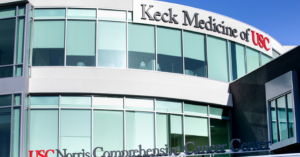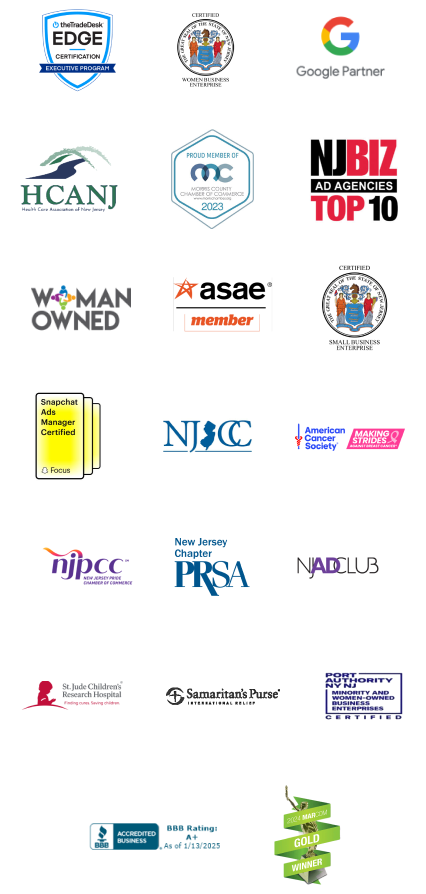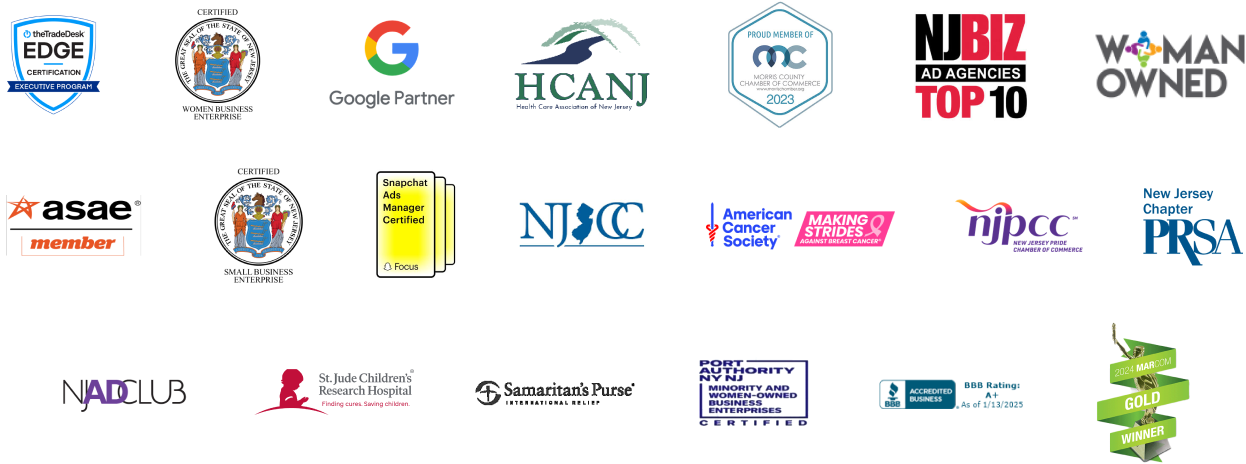
PENN MEDICINE
Home Health RNs have been a very challenging occupation for recruiters to satisfy. The demand for home care is rising quickly as the population grows older on average. Not surprisingly home health RNs are continuing to take a larger percentage of the available registered nurse workforce. Penn Care at Home wa…










